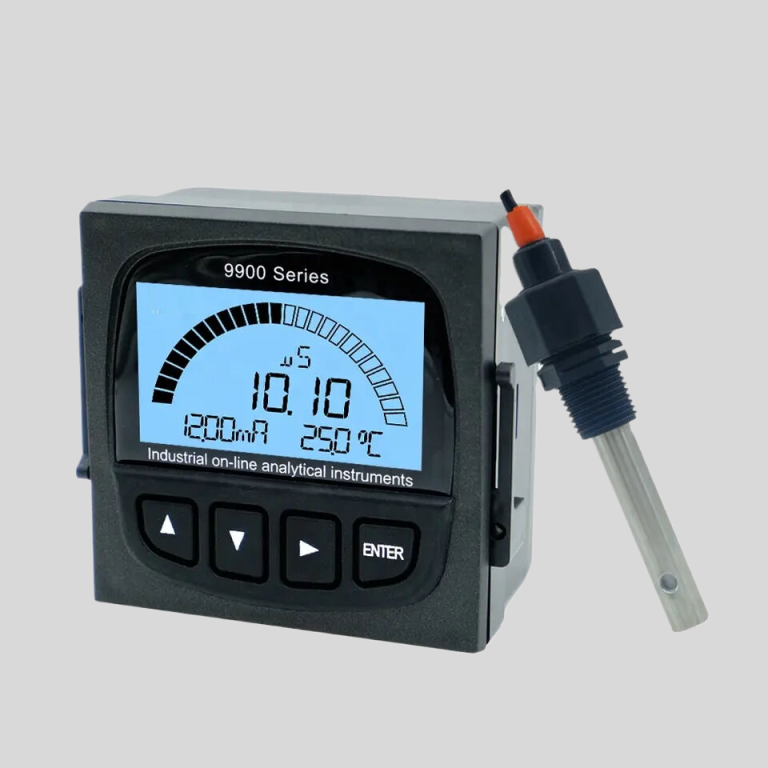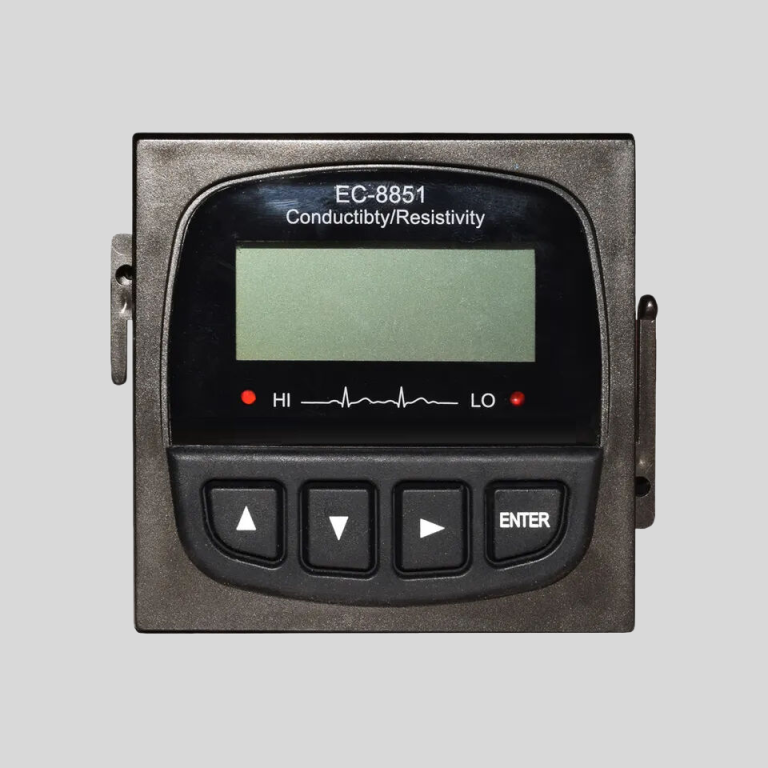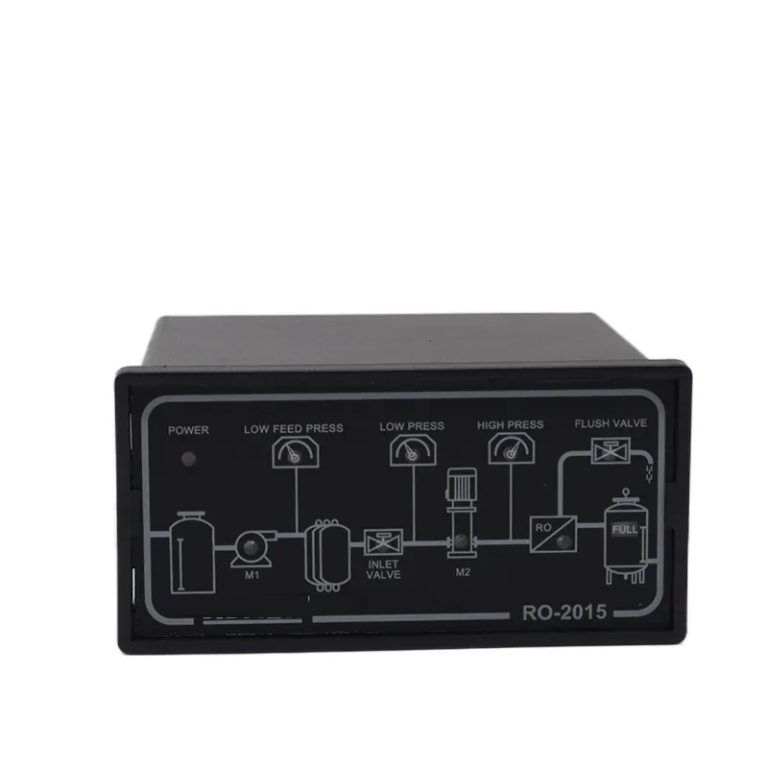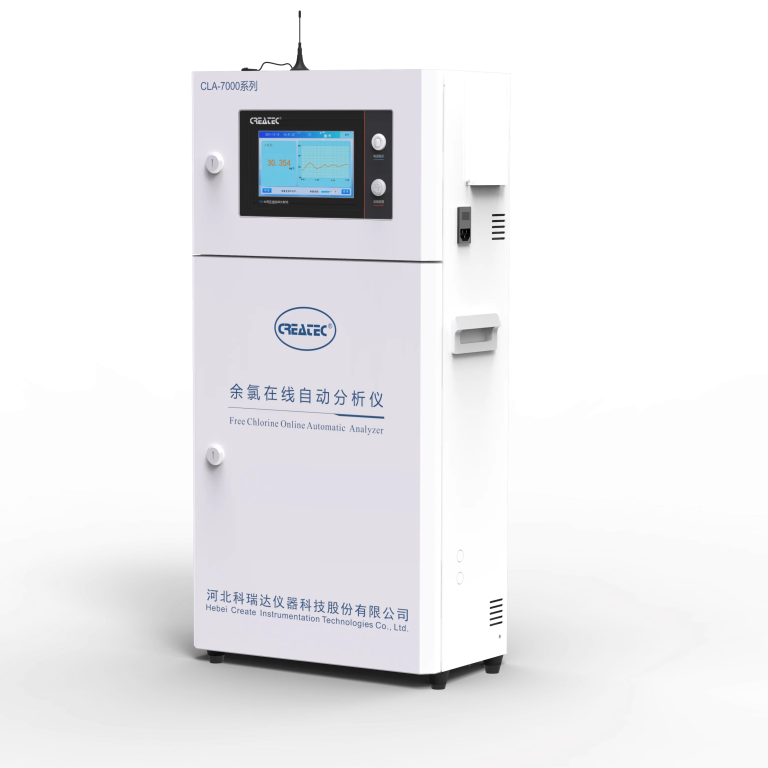Table of Contents
Avantages de l’utilisation de capteurs de débit à ultrasons dans les applications industrielles
Modèle de produit
| MFC-8800 | Port de communication | |
| Le port RS485 du protocole Modbus RTU du canal esclave de liaison montante est connecté au DTU et au DCS | Le port RS485 du canal maître de liaison descendante du protocole Modbus RTU est connecté au terminal d’acquisition de données | |
| 4~20mA et nbsp;sortie | ||
| 1 canal type à deux fils et nbsp ; Résistance de boucle maximale 400Ω | 4 ~ 20 mA et nbsp ; Entrée | |
| et nbsp ; canal à 2 canaux de type bifilaire( et nbsp ;alimentation d’initiative) | DI et nbsp;Entrée | |
| et nbsp; et nbsp; et nbsp; et nbsp; et nbsp; et nbsp; et nbsp; et nbsp; et nbsp; et nbsp; et nbsp; et nbsp; et nbsp; et nbsp; et nbsp; et nbsp; et nbsp ; Commutateur logique d’isolation photoélectrique à 2 canaux | Sortie DO | |
| 3 et nbsp;canaux relais | 1 et nbsp;SPDT et nbsp;AC220V; 3A(MAX) | (uniquement pour le signal d’entraînement) |
| 2 et nbsp;SPST et nbsp;AC220V; 3A(MAX) | 1 canal et nbsp ;Interrupteur photoélectrique et nbsp ; et nbsp; | |
| Impulsion/fréquence proportionnelle | et nbsp;Capacité de charge:100mA/DC30V | |
| et nbsp;Acquisition de données | ||
| Collecte d’acquisition de données avec 3 et nbsp; canaux d’alimentation du capteur DC24V et nbsp; | Mode d’affichage | |
| 3,5”(ou 4”)LCD coloré et écran tactile | Alimentation | |
| Large plage de puissance :(12-24)V | Consommation | |
| et lt;5W | Exigences environnementales | |
| Température de l’environnement:(5~45)℃; et nbsp; humidité relative:≤90 pour cent 。 | Dimension du trou | |
| (91×91)mm et nbsp;dimension du trou;dimension du panneau(100*100)mm | Modèle | |
pH/ORP-9500 pH/ORP-mètre
Plage
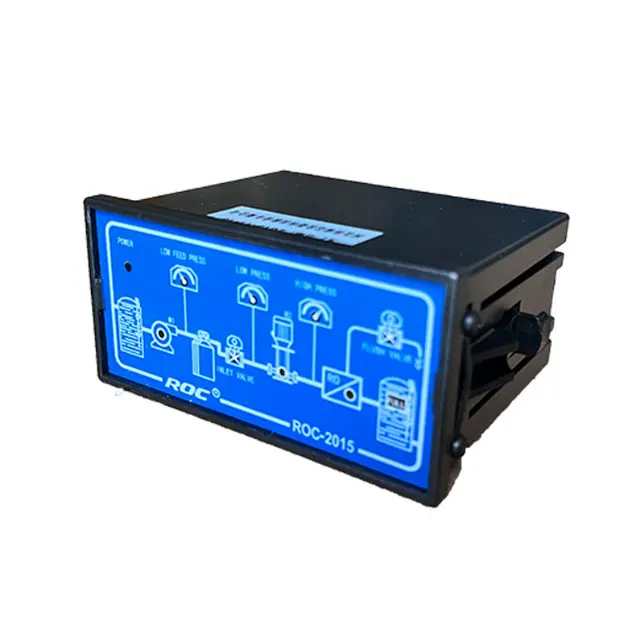
0-14 pH ; -2000 – +2000mV
| Précision | ±0,1 pH; ±2mV |
| Temp. Comp. | Compensation automatique de température |
| Opéra. Temp. | Normal 0~50℃ ; Haute température 0~100℃ |
| Capteur | Capteur pH double/triple ; Capteur redox |
| Affichage | Écran LCD |
| Communication | Sortie 4-20mA/RS485 |
| Sortie | Contrôle de relais triple limite haute/basse |
| Puissance | AC 220V±10 pour cent 50/60Hz ou AC 110V±10 pour cent 50/60Hz ou DC24V/0.5A |
| Environnement de travail | Température ambiante :0~50℃ |
| Humidité relative≤85 pour cent | Dimensions |
| 96×96×132mm(H×W×L) | Taille du trou |
| 92×92mm(H×W) | |
| Mode Installation | Intégré |
| Comment choisir le capteur de débit à ultrasons adapté à vos besoins spécifiques | En conclusion, choisir le capteur de débit à ultrasons adapté à vos besoins spécifiques nécessite un examen attentif de plusieurs facteurs, notamment le type de liquide, la taille du tuyau, le débit, les conditions environnementales, les exigences d’installation et le coût. En prenant le temps de rechercher et d’évaluer ces facteurs, vous pouvez sélectionner un capteur qui fournira des mesures précises et fiables pour votre système. |
| Installation Mode | Embedded |
Furthermore, ultrasonic flow sensors are non-invasive, meaning they do not come into direct contact with the fluid being measured. This not only eliminates the risk of contamination but also reduces maintenance requirements and prolongs the lifespan of the sensor. In industries where cleanliness and hygiene are paramount, such as food and pharmaceutical production, this non-invasive feature is particularly valuable.
Additionally, ultrasonic flow sensors are highly efficient, consuming minimal power and producing little to no waste. This energy efficiency not only reduces operating costs but also contributes to a more sustainable industrial operation. As industries increasingly focus on reducing their environmental impact, the use of ultrasonic flow sensors can help companies meet their sustainability goals.
Overall, the advantages of using ultrasonic flow sensors in industrial applications are clear. From their high level of accuracy and reliability to their versatility and non-invasive nature, these sensors offer numerous benefits that make them an attractive choice for a wide range of industries. As technology continues to advance, ultrasonic flow sensors are likely to play an increasingly important role in optimizing industrial processes and improving overall efficiency.
How to Choose the Right Ultrasonic Flow Sensor for Your Specific Needs
Ultrasonic flow sensors are a crucial component in many industries, providing accurate measurements of liquid flow rates without the need for invasive installation or maintenance. These sensors use ultrasonic waves to measure the velocity of a liquid flowing through a pipe, making them ideal for a wide range of applications, from water treatment plants to industrial processes.
When choosing the right ultrasonic flow sensor for your specific needs, there are several factors to consider. The first consideration is the type of liquid you will be measuring. Different ultrasonic flow sensors are designed to work with specific types of liquids, such as water, oil, or chemicals. It is important to choose a sensor that is compatible with the liquid you will be measuring to ensure accurate and reliable results.
Another important factor to consider is the size of the pipe through which the liquid will be flowing. Ultrasonic flow sensors come in a variety of sizes to accommodate different pipe diameters, so it is essential to choose a sensor that is the right size for your specific application. Installing a sensor that is too large or too small for the pipe can result in inaccurate measurements and unreliable data.
In addition to considering the type of liquid and pipe size, it is also important to think about the flow rate of the liquid. Different ultrasonic flow sensors have different measurement ranges, so it is crucial to choose a sensor that can accurately measure the flow rate of the liquid in your system. If the flow rate exceeds the sensor’s measurement range, the sensor may not be able to provide accurate data, leading to potential issues with your system.
Furthermore, it is essential to consider the environmental conditions in which the ultrasonic flow sensor will be operating. Some sensors are designed to withstand harsh environments, such as extreme temperatures or high levels of humidity, while others may be more suited for indoor use. Choosing a sensor that is appropriate for the environmental conditions in your facility will help ensure the sensor’s longevity and accuracy.
When selecting an ultrasonic flow sensor, it is also important to consider the installation requirements. Some sensors are designed for easy installation, while others may require more complex setup procedures. It is essential to choose a sensor that can be easily installed in your system to minimize downtime and ensure accurate measurements.
Finally, it is crucial to consider the overall cost of the ultrasonic flow sensor. While it may be tempting to choose a sensor based solely on price, it is important to consider the long-term costs associated with the sensor, such as maintenance and calibration. Investing in a high-quality sensor from a reputable manufacturer may cost more upfront but can save you money in the long run by providing accurate and reliable measurements.
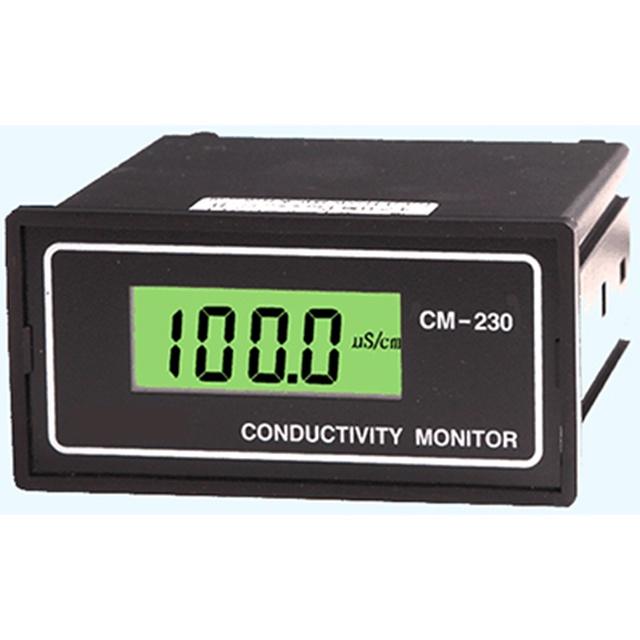
In conclusion, choosing the right ultrasonic flow sensor for your specific needs requires careful consideration of several factors, including the type of liquid, pipe size, flow rate, environmental conditions, installation requirements, and cost. By taking the time to research and evaluate these factors, you can select a sensor that will provide accurate and reliable measurements for your system.

